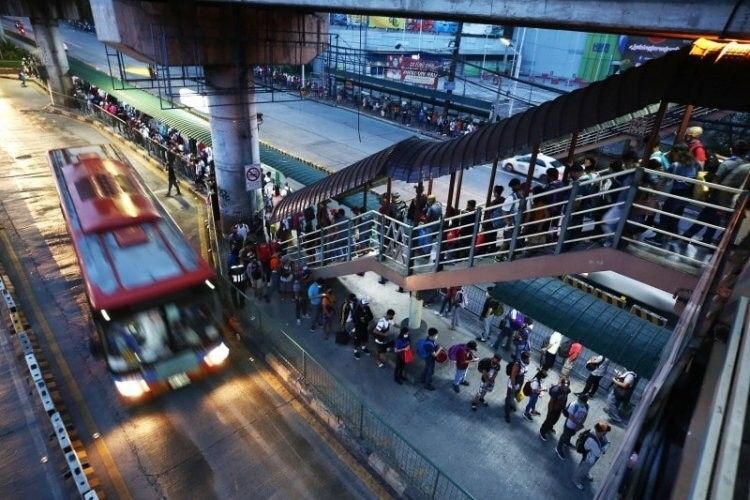DOTr chief: Libreng Sakay funds set aside up to December

MANILA, Philippines — The Department of Budget and Management has finally set aside the budget needed for the government’s Libreng Sakay program to last up to December this year, Transportation Secretary Jaime Bautista disclosed.
Bautista made this statement in an interview aired over GMA News’ Unang Balita on Thursday morning when asked if there were enough funds to sustain the subsidized rides all the way until the end of the year.
Free rides were also given to students on the rail lines ahead of their return to face-to-face classes, though Libreng Sakay for other commuters has since ended on the Metro Rail Transit-Line 3.
To recall, President Ferdinand Marcos Jr. in July extended the Libreng Sakay program along the EDSA busway carousel until December as one of his first acts as president, though the DOTr at the time admitted it was still unsure where the funds would come from. Free rides on the EDSA buses were supposed to end that same month.
On Wednesday, Vice President Sara Duterte launched her office's Peak Hours Augmentation Bus Service Libreng Sakay Program.
Under the OVP initiative, two buses will be deployed in Metro Manila, one in Davao City, one in Cebu and one in Bacolod.
Though free rides on the EDSA Carousel has been a financial crutch for commuters amid the fuel crisis, commuter groups have sounded the alarm on the long lines forcing commuters to wait hours just to get a free ride.

Sourced photo shows the Ortigas station of the EDSA Carousel at 2 in the morning on Thursday.
Move as One: Libreng Sakay not a catch-all solution
Earlier, the Move as One transport coalition called on the national government to reconsider the program, saying it would do more harm than good.
"In the experience of the EDSA Busway, we need to also look at the potential of expanding dedicated lanes for public transport to other routes, and to other major corridors," transport economist Robert Siy, Move as One co-convenor said in a Zoom interview.
"Because when we give a dedicated lane for buses or jeepneys, we enable them to deliver more round trips, within the same time period, they can operate faster, they can have more round trips, and when they have more round trips, they can carry more passengers. And that is one way we also increase the capacity of our transportation system."
Siy said that while Libreng Sakay does benefit commuters, increasing transport capacity should be a more immediate need than alleviating transport costs amid the fuel crisis.
"In some Jeepney routes, we see that Libreng Sakay is offered maybe for like 20% of the jeepneys but the other 80% are forced to collect fares. And this creates a very distorted market on the same route because many of the commuters will want to shift into the vehicles offering Libreng Sakay," he said.
"So the other 80% are starved of their normal passengers and they are the ones now rendered unviable or loss-making as a result of that particular initiative. So, it can be harmful actually for the transport industry. And it can also be harmful for commuters if many operators stop operating when they are not part of the Libreng Sakay system."
— Franco Luna
- Latest
- Trending

































